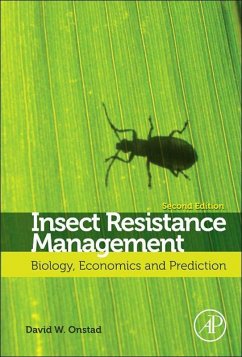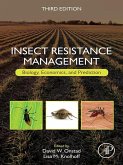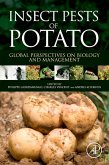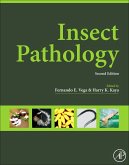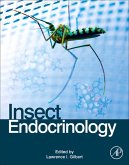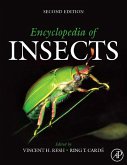Dieser Download kann aus rechtlichen Gründen nur mit Rechnungsadresse in A, B, BG, CY, CZ, D, DK, EW, E, FIN, F, GR, HR, H, IRL, I, LT, L, LR, M, NL, PL, P, R, S, SLO, SK ausgeliefert werden.
"This updated edition.is an excellent overview of IRM; hopefully, future researchers will work closely with plant pathologists, plant breeders, and even medical scientists struggling with very similar issues plaguing society that appear to stem from very similar biological processes. Summing Up: Highly recommended." --CHOICE, July 2014
".recent advances in this dynamic field are well documented and explained in the second edition of the book.easy to read and the language is very accessible to non-specialists, so it should be considered a very valuable reference for students and professional researchers interested in IRM, including insect pathologists involved in the use of entomopathogens for pest control." --Society for Invertebrate Pathology Newsletter, June 2014
"Contributors from entomology, agriculture, and economics explore aspects of managing insect resistance to pesticides, reporting their own results, reviewing those of others, and offering practical suggestions for applying them. Among the topics are understanding resistance and induced responses of insects to xenobiotics and insecticides in the age of "omics" and systems biology, concepts and complexities of population genetics,." --ProtoView.com, February 2014

